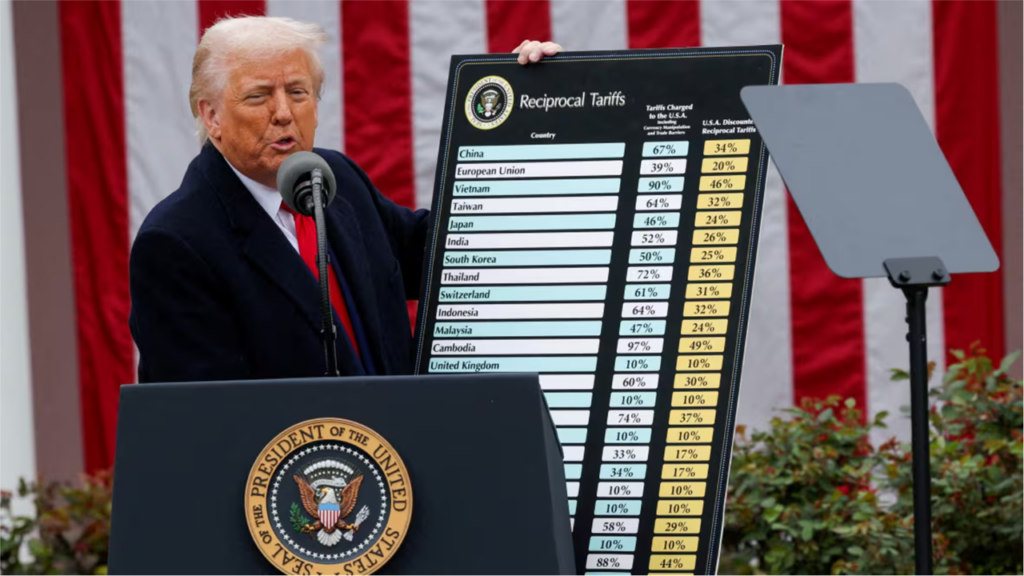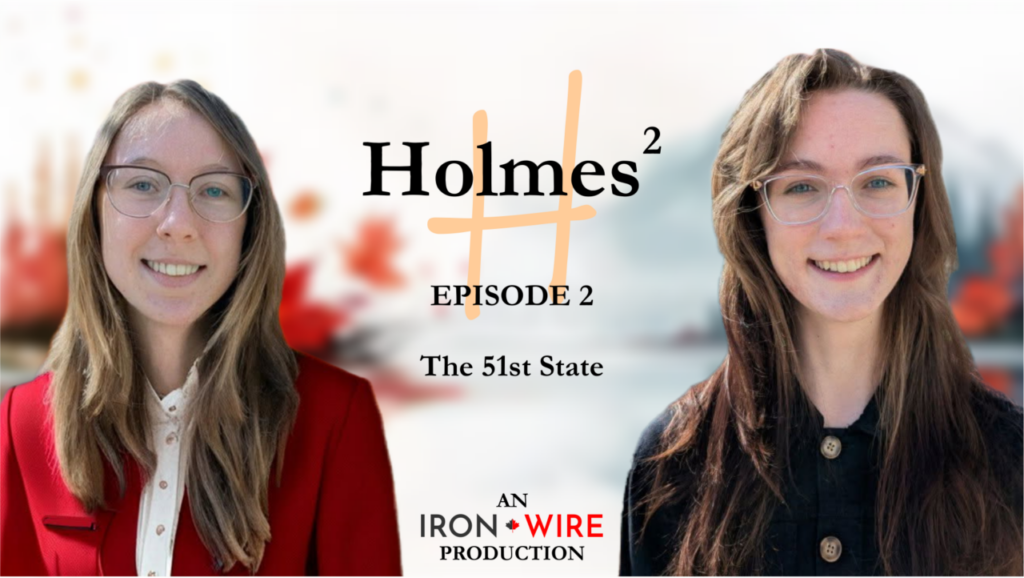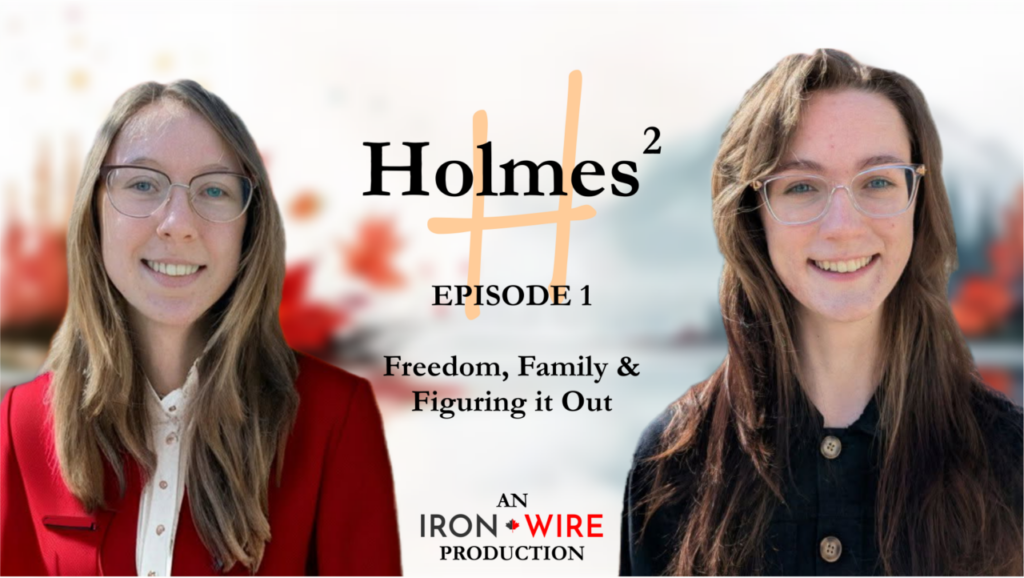Government Misled Public on Thimerosal Link to Autism ‘for Decades,’ Falsely Claims It’s Been Removed From Vaccines
Source: Children’s Health Defense
The U.S. government has long told the public that thimerosal, a mercury-based vaccine preservative ingredient, poses no harm to children, but that out of an abundance of caution, the ingredient hasn’t been used in childhood vaccines since at least 2001.
According to a special investigation by journalist Sharyl Attkisson, both these claims are false. Attkisson described them as part of a “a concerted propaganda campaign to mislead the public” about thimerosal and the science linking it to autism and other neurodevelopmental disorders.
Attkisson’s investigation outlines how government agencies and the mainstream medical establishment for decades promoted a contradictory narrative about the toxic chemical.
On the one hand, they misled the public about thimerosal’s known and possible harms and actively worked to discredit anyone who questioned its safety. On the other hand, they also falsely assured the public that it had been removed from vaccines.
Thimerosal is still used in some vaccines today, including some “thimerosal-free vaccines,” Attkisson said.
Her investigation shows that evidence linking thimerosal in vaccines to neurodevelopmental disorders, including autism, has existed for decades. It also exposes an intentional project to rewrite the scientific narrative around the toxin to hide that link from the public.
Thimerosal is still present in vaccines
Websites for the Centers for Disease Control and Prevention (CDC), the Children’s Hospital of Philadelphia — a key source for vaccine industry propaganda promoted by Google — and others have long posted statements leading the public to believe thimerosal has been removed from children’s vaccines.
For example, although in recent weeks some changes have been made to the CDC website, the site still contains statements like this one: “Fact: Thimerosal was taken out of childhood vaccines in the United States in 2001.”
Children’s Hospital of Philadelphia states on its website that thimerosal “was removed from vaccines after an amendment to the Food and Drug Administration (FDA) Modernization Act was signed into law on Nov. 21, 1997.”
“These claims would receive five outrageous Pinocchios from any neutral fact-checking organization,” Attkisson wrote.
In her report, Attkisson shows a series of screenshots from websites and vaccine labels — many removed from the internet but archived on the Wayback Machine — from 1999, 2001, 2004, 2005, 2009, 2010, 2018, 2019, 2021, 2022, 2024, and 2025.
The screenshots all show thimerosal as an ingredient in vaccines available to children in the U.S., including in flu shots and some tetanus shots.
What the government and vaccine manufacturers knew, a timeline
In 1997, Congress asked the FDA to review the use of thimerosal in drugs and vaccines due to safety concerns about mercury exposure. The following year, the agency requested detailed information from manufacturers about thimerosal in their products.
By 1999, U.S. and European public health institutions had begun recognizing that cumulative exposure to mercury in all vaccines a child takes “may exceed some of the government guidelines.”
That same year, the Public Health Service, American Academy of Pediatrics (AAP), National Vaccine Advisory Committee and the Inter-Agency Working Group on Vaccines all recommended that mercury be removed from vaccines licensed in the U.S.
The advisory committee thimerosal working group proposed analyzing the Vaccine Safety Datalink (VSD) to identify vaccines with “plausible” neurologic, neurodevelopmental and renal conditions — including autism, attention deficit disorder, speech delay, stammering, epilepsy, and tics — related to mercury.
If “any hint of association” appeared, the committee would conduct follow-up studies, its members said.
In 2000, the CDC brought together vaccine makers and the public health officials who regulate, mandate and distribute vaccines for a meeting conducted behind closed doors at the Simpsonwood Retreat and Conference Center in Norcross, Georgia.
Transcripts from the Simpsonwood meeting obtained through Freedom of Information Act requests revealed attendees discussed the findings on thimerosal research — which showed a link between mercury-based thimerosal in vaccines and brain injuries, including autism — and debated strategies for keeping the information from the public.
During the meeting, immunologist and pediatrician Dr. Dick Johnston explained that mercury (in the form of thimerosal), a known toxin, is used in vaccines because it lowers rates of bacterial and fungal contamination during manufacturing process.
However, he said there was “scant data” on the safety of injecting babies with multiple metals through vaccination, Attkisson wrote. This, despite the fact that “aluminum and mercury are often simultaneously administered to infants, both at the same [injection] site and at different sites,” Johnston said.
Other experts present at the meeting agreed.
Dr. Walter Orenstein, director of the CDC’s National Immunization Program, reported that the VSD analyses “to date raise some concerns of a possible dose-response effect of increasing levels of methylmercury in vaccines and certain neurologic diseases.”
Researchers found possible associations between thimerosal-containing vaccines given to healthy babies before age 6 months and tics, attention deficit disorders, speech and language disorders.
“It was further worrisome that an association between brain disorders and thimerosal showed up in the limited sample of children mostly aged six and younger since that’s typically too young to be diagnosed with ADD and autism,” Attkisson wrote. “Those disorders are typically diagnosed from ages 6-12.”
Many doctors at the meeting expressed concern. One famously said he knew that definitive research may take some time, but in the meantime, he had a newborn grandson. “I think I want that grandson to only be given Thimerosal-free vaccines.”
After the meeting, other published research also linked autism and thimerosal, including a 2001 report by the Institute of Medicine (IOM), which found a “biologically plausible” connection between thimerosal exposure and neurodevelopmental disorders.
“This sounded alarm bells with some in public health since the number of recommended vaccines and, thus, cumulative mercury exposure had exploded in the 80s and 90s, along with autism cases,” Attkisson wrote.
In 2001, the government urged the removal of thimerosal from vaccines while officially denying that it caused any harm.
Why remove it, Attkisson asked, “if it’s unquestioningly harmless?”


This article was funded by critical thinkers like you.
The Defender is 100% reader-supported. No corporate sponsors. No paywalls. Our writers and editors rely on you to fund stories like this that mainstream media won’t write.
‘A powerful propaganda campaign’
After the meeting in Simpsonwood, the pharmaceutical industry, government and scientific establishment “launched a powerful propaganda campaign designed to discredit the scientists and studies unearthing vaccine-autism links, or investigating vaccine safety, in general,” Attkisson wrote.
This included “flooding the scientific landscape with industry-friendly counterstudies” claiming that thimerosal was safe, exerting pressure on the media, politicians and medical organizations like the IOM, and funding nonprofits to misdirect the public.
The 2003 publication of the final version of the VSD study discussed at the clandestine Simpsonwood meeting was key to this campaign, Attkisson wrote.
The final version reported that phase one of the study had found significant positive associations between the cumulative effects of thimerosal in vaccines with tics and language delay at three and seven months. However, it also stated, “In no analyses were significant increased risks found for autism or attention-deficit disorder.”
This was misleading because the report didn’t also state that the children studied were too young for these diagnoses, Attkisson said.
The final version also used “word play” to downplay significant findings of increased neurodevelopmental risks, saying things like “no consistent significant associations” were found, even though different types of significant associations of elevated risk had been identified.
Earlier drafts of the report later obtained by Congress showed how the authors played with language to minimize the appearance of risk, she said.
The study also failed to reveal that its lead author was hired away from the CDC during the study by vaccine maker GlaxoSmithKlein, whose vaccines were being studied.
The study concluded there were “conflicting findings” and called for more research — yet it was “peddled to the media as proof that vaccines don’t cause autism,” according to Attkisson.
The following year, in 2004, as researchers were publicizing evidence and calling for more research into the autism-thimerosal link, the IOM issued a reversal of its 2001 conclusions.
Attkisson wrote:
“Three years earlier it had found a ‘biologically plausible’ connection between thimerosal exposure and neurodevelopmental disorders. But the organization now took the position that, while it could not rule out a thimerosal-autism link, the scientific establishment should not waste money studying the issue further.
“This proclamation by the IOM was largely a death knell for any taxpayer-funded research honestly attempting to uncover vaccine safety issues involving thimerosal. The IOM report was then widely misrepresented in the media as having disproven or debunked any link between vaccines and autism.”
From that point on, all of the previous science that had shown safety risks of thimerosal was “magically wiped away” and replaced by “the scientific consensus,” Attkisson said.
Thimerosal continues to be used in many shots, although its presence is effectively hidden by proclamations that no vaccines contain the toxin and by deceptive labeling practices — vaccines with trace amounts of the toxin can be marketed as “thimerosal-free.”
Related articles in The Defender
- Kids, Vaccines and Autism: Will a New Legal Strategy End the Decades-long Battle for Truth and Justice?
- Vaccine ‘Quietly’ Pulled Off Market in 2007 Now Linked to 19 Diseases — 35 Million Babies Who Got the Shot Now at Risk as Adults
- It’s Been 10 Years Since a Whistleblower Exposed the CDC’s Cover-up of the Link Between Vaccines and Autism. The Agency Has Done Nothing.














